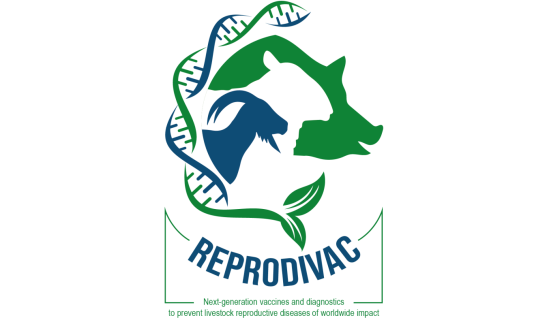Progetto REPRODIVAC
Next-generation vaccines and diagnostics to prevent livestock reproductive diseases of worldwide impact
Endemic and zoonotic infectious reproductive diseases of livestock cause major economic losses globally and threaten both food security and public health. REPRODIVAC will develop new and improved vaccines and diagnostic tools required to better control four priority abortifacient diseases: porcine reproductive and respiratory syndrome (PRRS), Q fever, ovine enzootic abortion (OEA), and porcine brucellosis. The consortium spans academia and industry with complementary expertise including structural biology, microbiology, immunology, plant and veterinary sciences. This enables us to address reproductive disorders with an interdisciplinary approach:
- applying reverse and structural vaccinology to select and design vaccine and diagnostic candidate antigens;
- exploiting relevant protein expression systems for the production of these antigens;
- producing rationally attenuated and viral vectored vaccines; and
- developing a suite of molecular and immunological diagnostic tests, including point-of-care tests (PoC) to discriminate vaccinated from infected animals (DIVA).
We will develop a broadly protective PRRSV vaccine, and a serological ELISA that will reliably correlate with PRRSV neutralising antibody titres. We will identify protective subunit vaccine candidates for Q fever and validate a companion serological DIVA test. We will further refine an OEA vaccine for commercialisation and pursue a complementary approach towards a DIVA-compatible next-generation subunit vaccine and serological and molecular DIVA/PoC tests. We will develop live attenuated Brucella suis vaccines and brucellosis diagnostic tests with improved specificity. These new vaccines and diagnostics will be further developed by our industrial partners and made accessible to users. Thereby by using the latest technologies in vaccine and diagnostic development REPRODIVAC will improve animal health and welfare, productivity and sustainability of the livestock sector, as well as human health.

